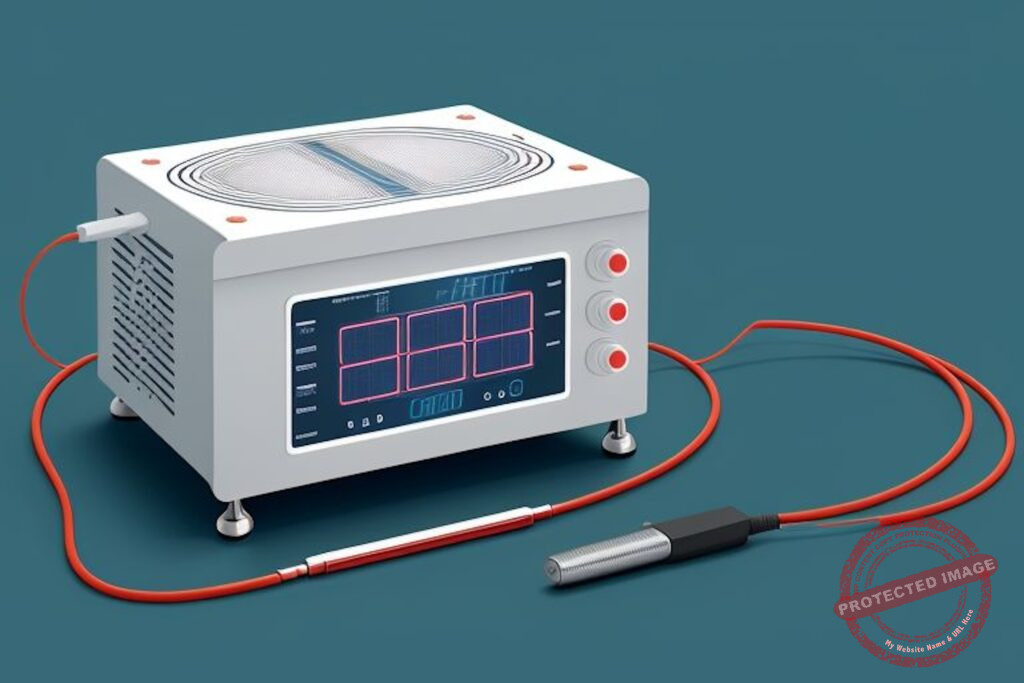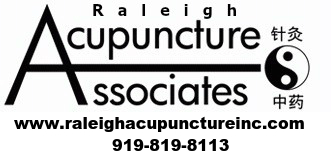
What is electroacupuncture and how is it distinct from the acupuncture techniques practiced for the past two thousand years? Electroacupuncture represents a modern adaptation of traditional acupuncture, integrating contemporary electrical stimulation with ancient healing principles. While both approaches aim to modulate the body’s energy flow, or Qi, by stimulating specific points on the skin, electroacupuncture introduces a continuous, measurable, and often stronger stimulus through the use of a mild electric current. This innovation offers an alternative and sometimes more potent method for addressing various health concerns. Understanding the nuances between these two forms of acupuncture can help individuals make informed decisions about their healthcare options.
Electroacupuncture Explained
At its core, electroacupuncture involves the insertion of fine needles into specific acupuncture points, just like traditional acupuncture. However, once the needles are in place, they are connected via small clips to a specialized electroacupuncture device. This device generates a gentle, continuous electrical pulse that travels between the needles. The frequency and intensity of this electrical current can be precisely adjusted by the practitioner to suit the individual patient’s condition and comfort level. This controlled electrical stimulation enhances the therapeutic effects of traditional needling by providing a more sustained and consistent activation of the acupuncture points and the underlying nerve pathways. Practitioners often choose electroacupuncture when a stronger or more prolonged stimulation is desired than what can be achieved with manual needle manipulation alone.
One of the key questions patients often have is, what is electroacupuncture actually doing in the body? The electrical current is believed to amplify the body’s natural healing response. Research suggests it may promote the release of endorphins, which are natural pain-relieving chemicals produced by the brain. It may also influence neurotransmitter levels, modulate nerve activity, increase local blood circulation, and reduce inflammation. The ability to precisely control the parameters of the electrical stimulation allows for a tailored approach, potentially leading to more targeted and effective outcomes for certain conditions.
Key Differences: Electroacupuncture vs. Traditional Acupuncture
The most apparent distinction lies in the method of stimulation. Traditional acupuncture relies solely on the insertion of needles and the practitioner’s manual manipulation of these needles (such as twisting, lifting, or thrusting) to stimulate the acupuncture points. The sensation experienced by the patient, known as “De Qi,” is often described as a dull ache, tingling, or warmth, and is considered an important indicator of effective treatment.
In electroacupuncture, while needles are still used, the primary stimulation comes from the electrical current. This often results in a different sensation, which might be described as a gentle tapping, buzzing, or mild pulsing at the site of the needles. Because the stimulation is continuous and controlled by the device, less manual manipulation of the needles is typically required from the practitioner once the current is applied. Another difference is that with electroacupuncture, fewer needles may sometimes be used, as the current can effectively stimulate a larger area or a pair of points simultaneously. This can sometimes make the treatment experience more comfortable for individuals sensitive to multiple needle insertions.
When To Use Electroacupuncture
When considering what is electroacupuncture for a specific ailment, it’s important to understand its potential applications. While traditional acupuncture is used for a vast array of conditions, electroacupuncture is often favored for conditions involving pain, particularly chronic pain, muscle spasms, and neurological disorders. Its ability to provide strong and continuous stimulation makes it a common choice for musculoskeletal issues like back pain, arthritis, and sciatica. It’s also utilized for postoperative pain, nausea, and in some cases, to aid in recovery from stroke or nerve injury. The choice between electroacupuncture and traditional acupuncture will depend on the specific condition being treated, the patient’s overall health, their preferences, and the practitioner’s clinical experience and judgment.
Further Considerations for Electroacupuncture
Practitioners of traditional Chinese medicine (TCM) often describe the mechanism of acupuncture in terms of balancing Yin and Yang and ensuring the smooth flow of Qi and Blood. While electroacupuncture is rooted in these same principles, its modern application also aligns with Western biomedical understanding of physiology and pain modulation. This integration of perspectives makes it an interesting bridge between ancient wisdom and contemporary science.
It is also worth noting that while the electrical current is very mild, electroacupuncture is not suitable for everyone. Individuals with pacemakers or other implanted electronic devices are generally advised against it due to the potential for electrical interference. It’s also typically avoided during pregnancy, especially with points on the abdomen or lower back. As with any therapeutic intervention, a thorough consultation with a qualified and licensed acupuncturist is crucial to determine if electroacupuncture is a safe and appropriate treatment option. The practitioner will assess the individual’s health history and specific needs before recommending a course of treatment. The question of what is electroacupuncture best suited for is always best answered in consultation with a professional.
Summing Up Electroacupuncture
In summary, electroacupuncture builds upon the foundational principles of traditional acupuncture by incorporating electrical stimulation to enhance the therapeutic effects. It offers a more potent and often more consistent stimulation of acupuncture points, which can be particularly beneficial for pain management and certain neurological conditions. While the core aim of restoring balance and promoting healing remains the same, the method and sensations experienced can differ, providing patients and practitioners with an expanded toolkit for addressing health and wellness.
About Raleigh Acupuncture
At Raleigh Acupuncture Associates, we are deeply committed to providing the highest quality professional acupuncture while being rooted in strong Judeo-Christian values of love, faith, kindness, and truth. We guide our practice with compassionate care, where each patient is treated with respect and dignity, regardless of their background, faith, or beliefs. We welcome people from all walks of life and strive to create a warm, inclusive environment promoting healing and holistic wellness. Our dedication to delivering exceptional acupuncture is paired with a genuine love for helping others, making our clinic a place where faith and professional medical care come together for the well-being of every patient.
Next Steps
BOOK NOW to schedule an appointment online.
Meet Our Practitioners (Video).
Learn about all the conditions we treat.
Focus Keyphrase: What Is Electroacupuncture?
Image generated with https://perchance.org/ai-text-to-image-generator

